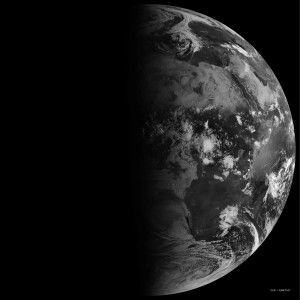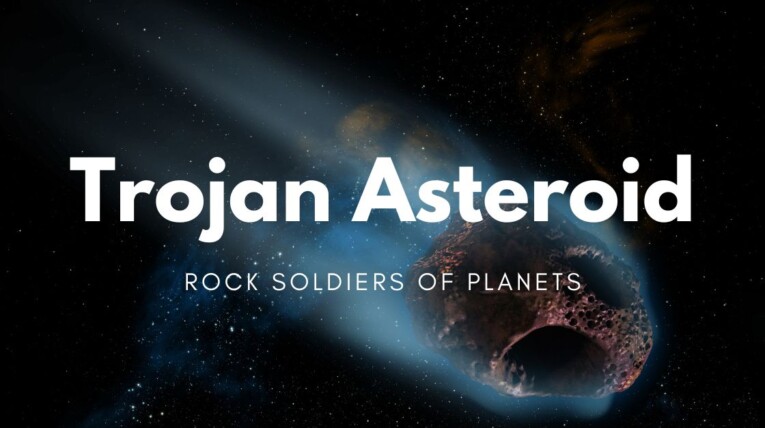Universe has always captivated humans for eons and it always astonishes us by giving us a glimpse of some of its fascinating events every month. From this month we will start having occasional clear skies enabling us to witness astronomical events with ease.
Here is your guide to the celestial events of September 2023:
-
September 1- Peak of Aurigid Meteor Shower

The Aurigid meteor shower is going to peak around September 1. This originates from the debris left by the Comet 21P/Giacobini-Zinner. To witness the Aurigid meteor shower all you need is to find a dark place far away from the light-polluted areas. The meteor shower will mesmerize you with its spectacular show.
-
September 4- Conjunction of Moon and Jupiter
After the sunset on September 4, the moon and Jupiter will appear close together in the sky and this will be the best opportunity for beginners to spot the gas giant. Grab binoculars to view the majestic gas giant and its four biggest moons i.e. Ganymede, Callisto, Europa, and Io. At their closest, the two celestial bodies will be a mere 3° 4’ apart. It won’t be hard to spot either- the moon will be 65% illuminated while Jupiter will be shining bright white.
-
September 15- New Moon
The September new moon will provide a great sky to shoot the Milky Way. As the day ends and the night dawns, you will able to spot the core of the Milky Way band. You can also plan to hunt some of the faintest deep sky objects. All you need is to hope for clear skies and plan an outing with your telescope to a dark place with minimal surrounding lights.
-
September 18- Venus at greatest brilliancy

Venus will be the brightest object after the moon in the night sky. But it will be reaching its greatest apparent magnitude this year on September 18. Look before the sunrise in the east and you will see a bright dazzling Venus and it won’t be this bright until February 2025. So don’t miss this opportunity and grab the best naked-eye view of the planet Venus and if you have a telescope or binoculars, you can view the crescent phase of the Earth’s twin sister.
-
September 19- Neptune in Opposition
For those who are unfamiliar with the phrase “opposition,” it simply means that Neptune and the Sun will be at right angles to one another, with the Earth in the middle, similar to how an eclipse would align across very long distances. Neptune will be well-lit by the Sun, making it an excellent time to observe. It is small and far away, so you’ll need a telescope to see it. So grab this opportunity to view the bluish Neptune.
-
September 23- Autumnal Equinox

Equinox is a phenomenon where the Earth experiences an equal amount of day and night, with the Sun shining directly on the equator. In addition, this marks the beginning of spring (vernal equinox) in the Southern Hemisphere and the start of autumn (autumnal equinox) in the Northern Hemisphere. The equinox day is a good day for finding the true East and true West from your favorite place to watch the sky. The sun rises at true east and sets at true west at the equinoxes, no matter where you live on Earth. So go outside around sunset or sunrise on the day of the equinox and note down or take a snapshot of the location of the sun on the horizon with respect to familiar landmarks. If you do this, you’ll be able to use those landmarks to find the cardinal directions months ahead even if the Earth has moved on in its ceaseless orbit around the sun.
-
September 29- Full Moon

The September Full Moon also called as Harvest Moon is the last supermoon of the year. The moon will be 15% bigger and brighter than the usual size. Grab this opportunity to get some bright SuperMoon images.
The month of September will be a treat for naked-eye observations and beginners to familiarize themselves with the night sky. Also don’t forget to view the nearest cosmic neighboring galaxy Andromeda which will be visible throughout the month post-local 10 PM. You will need a binocular or a small telescope to view our nearest cosmic galaxy.



